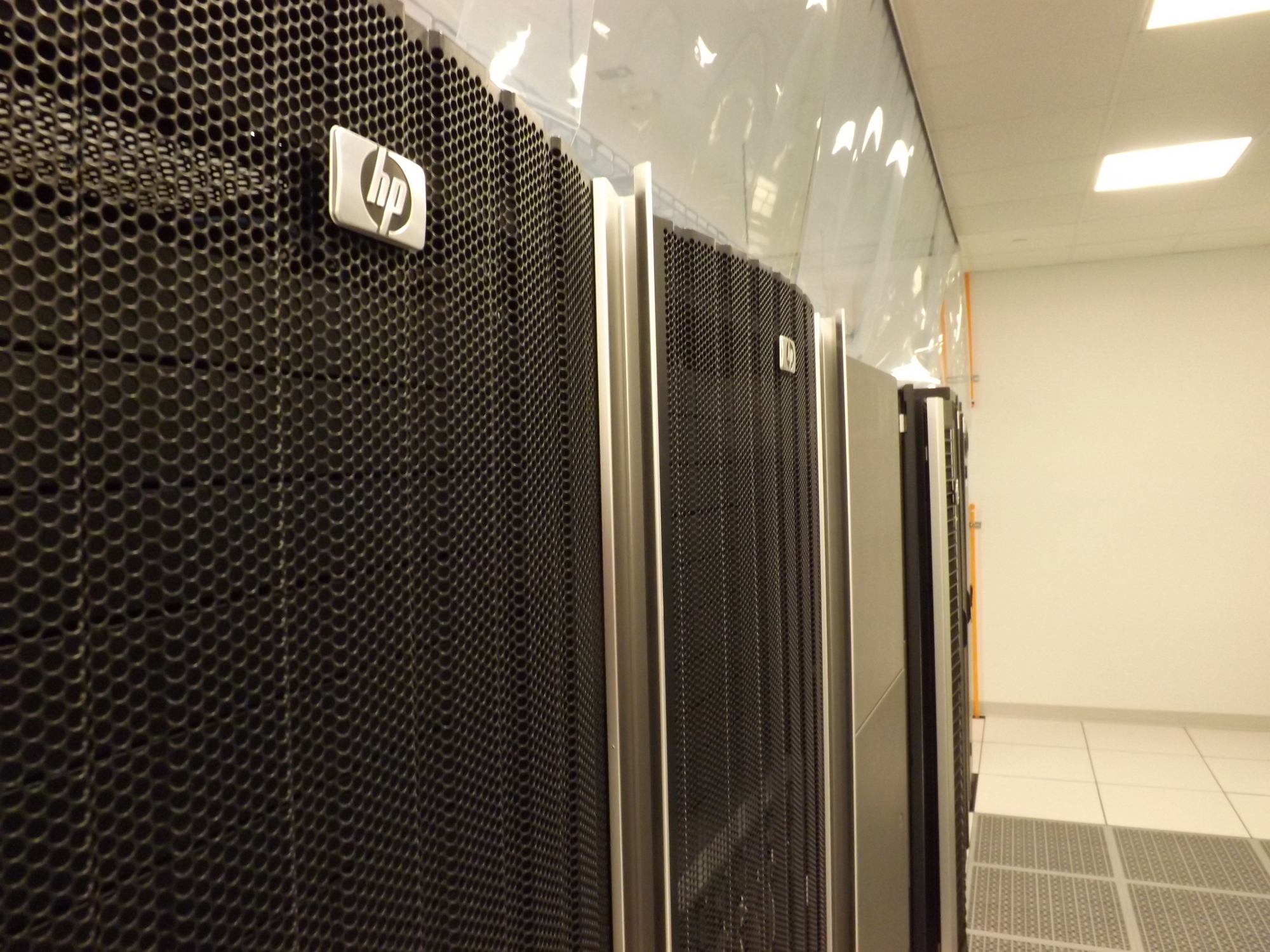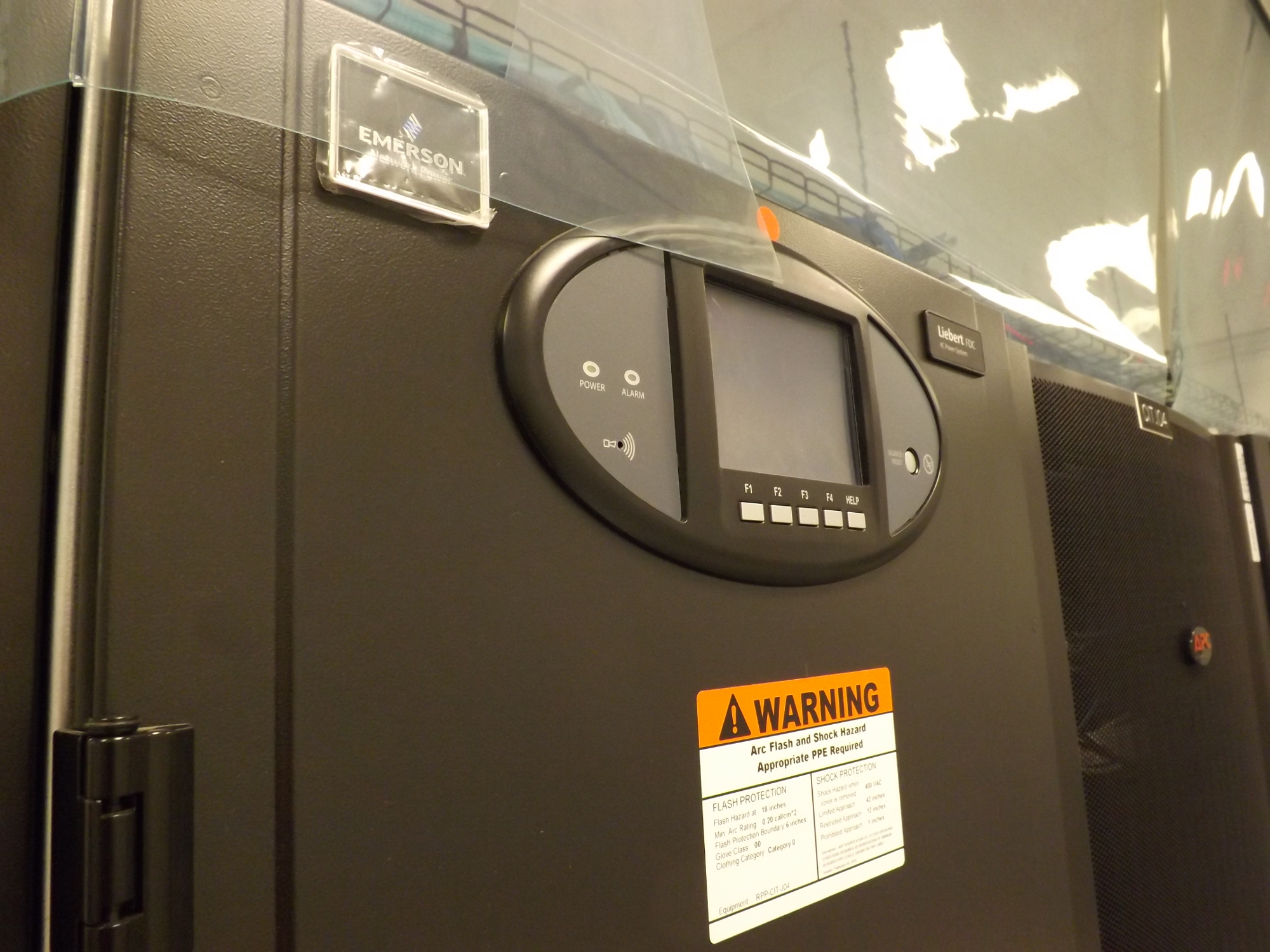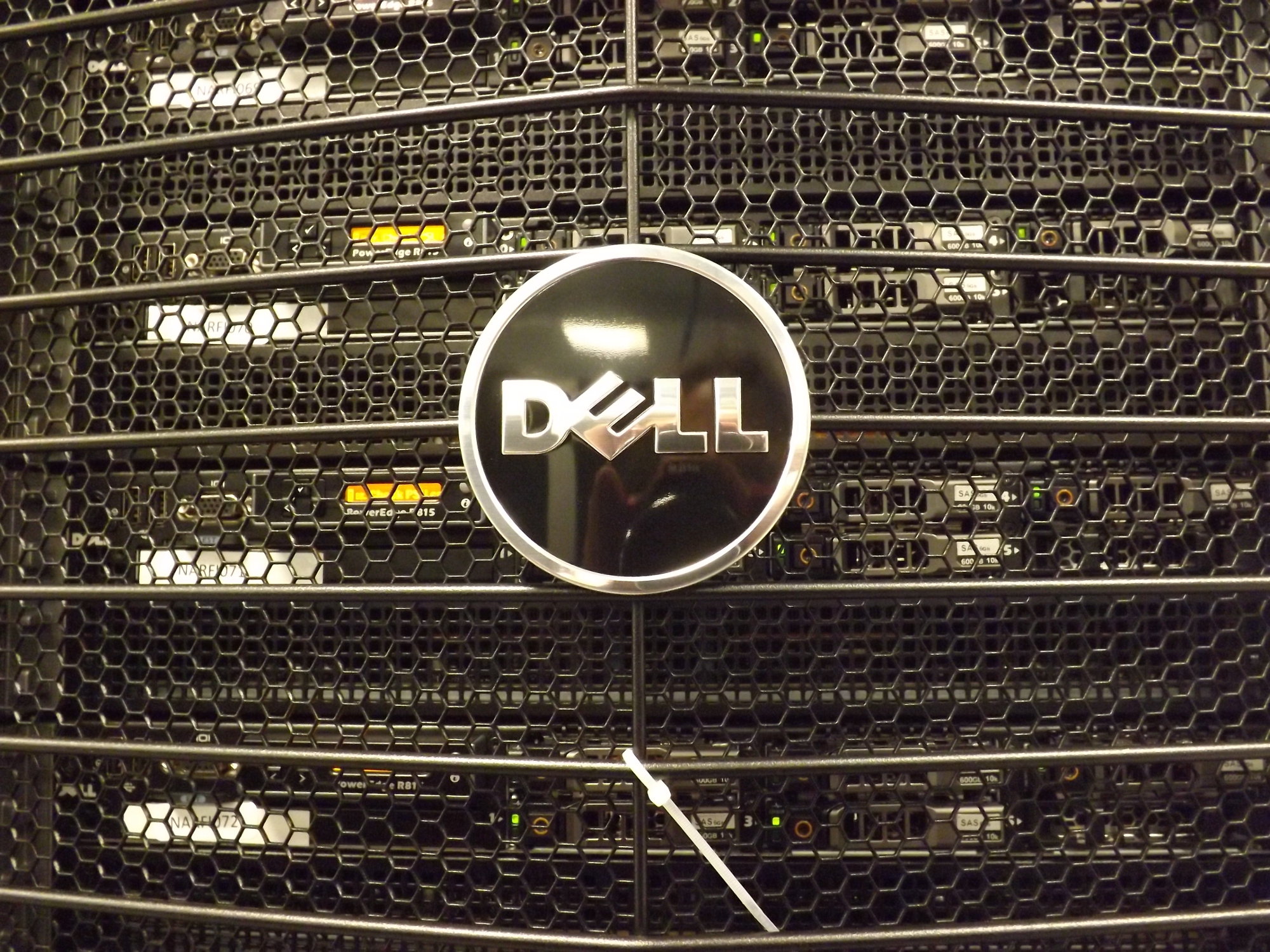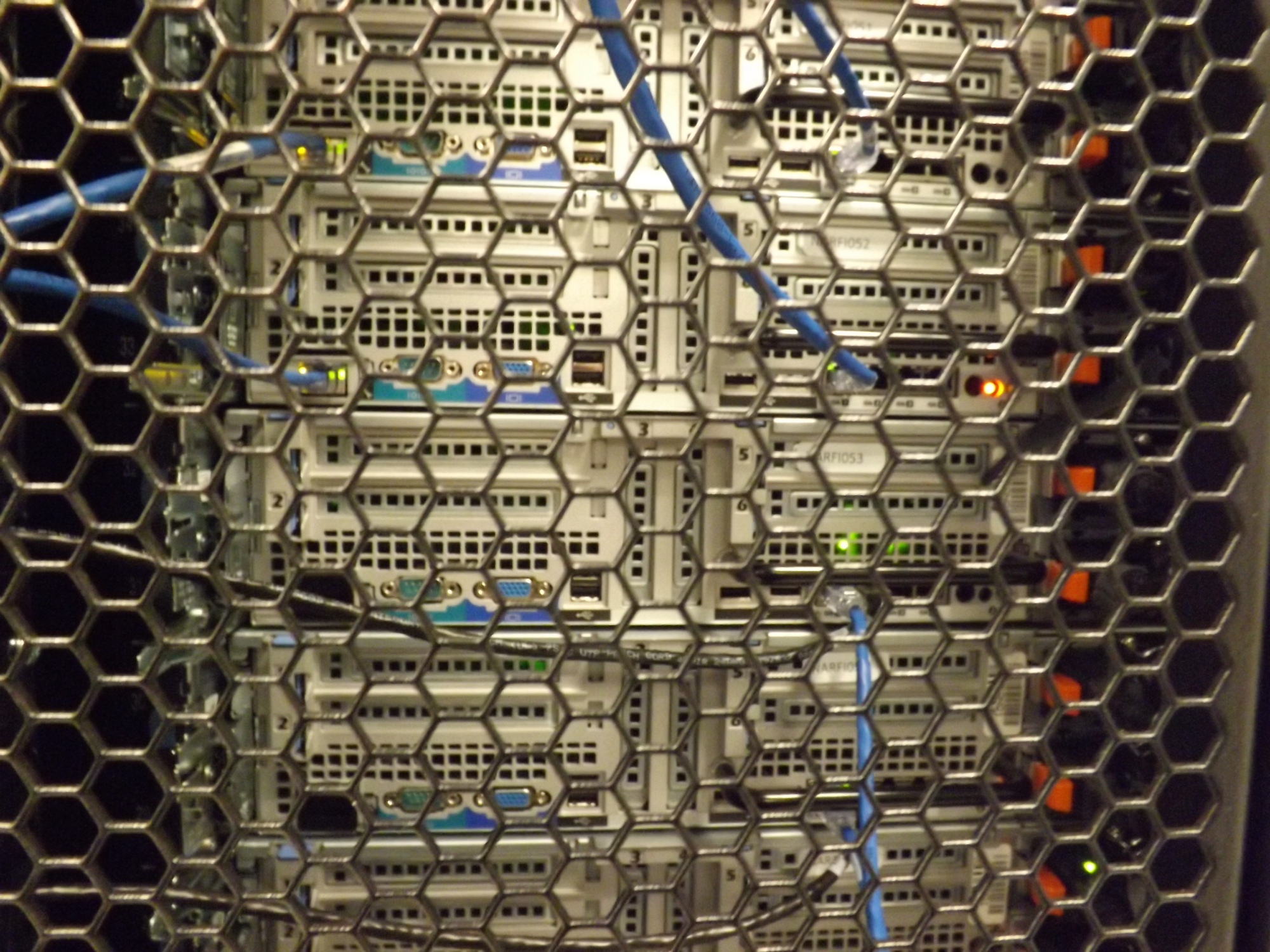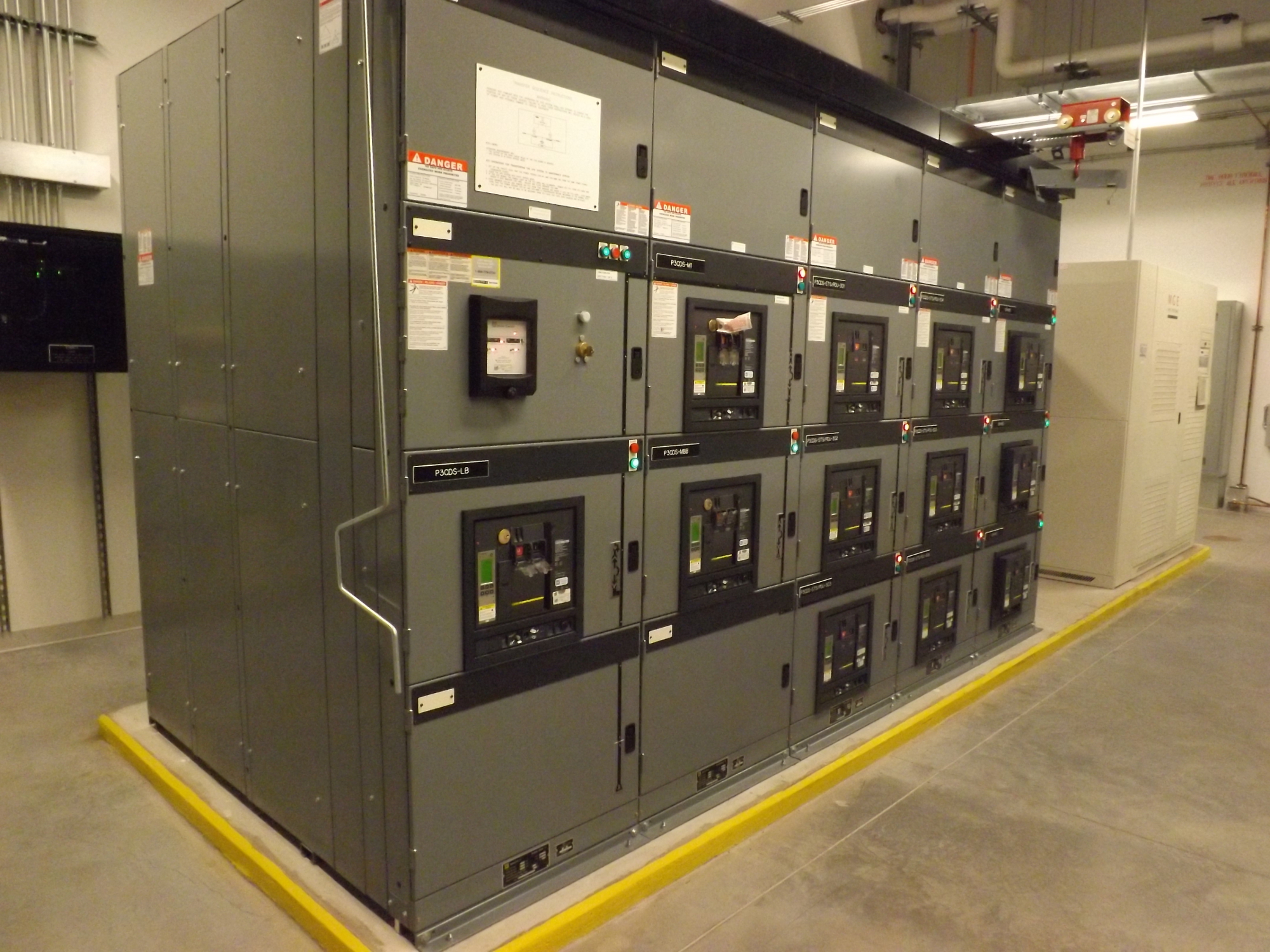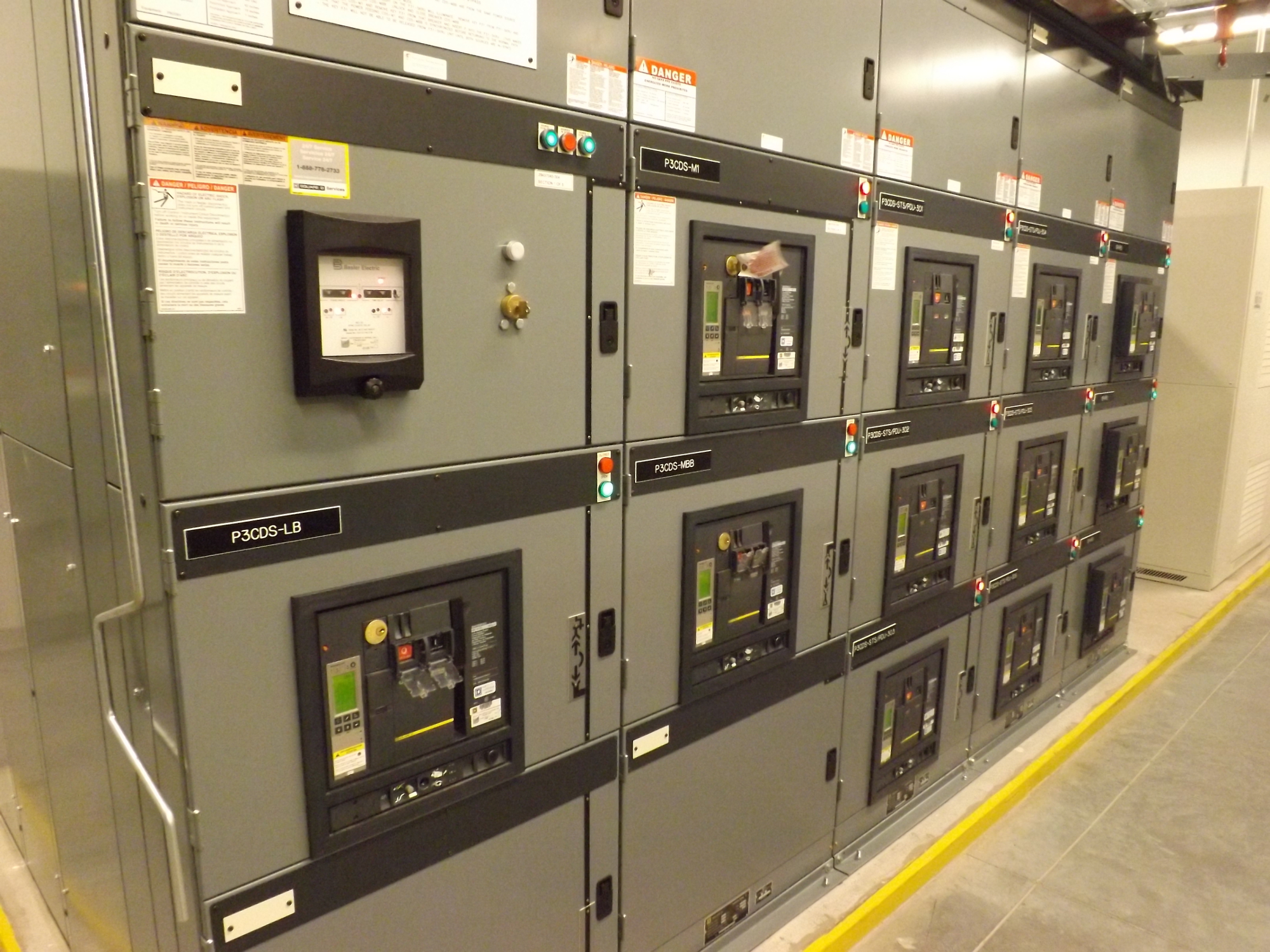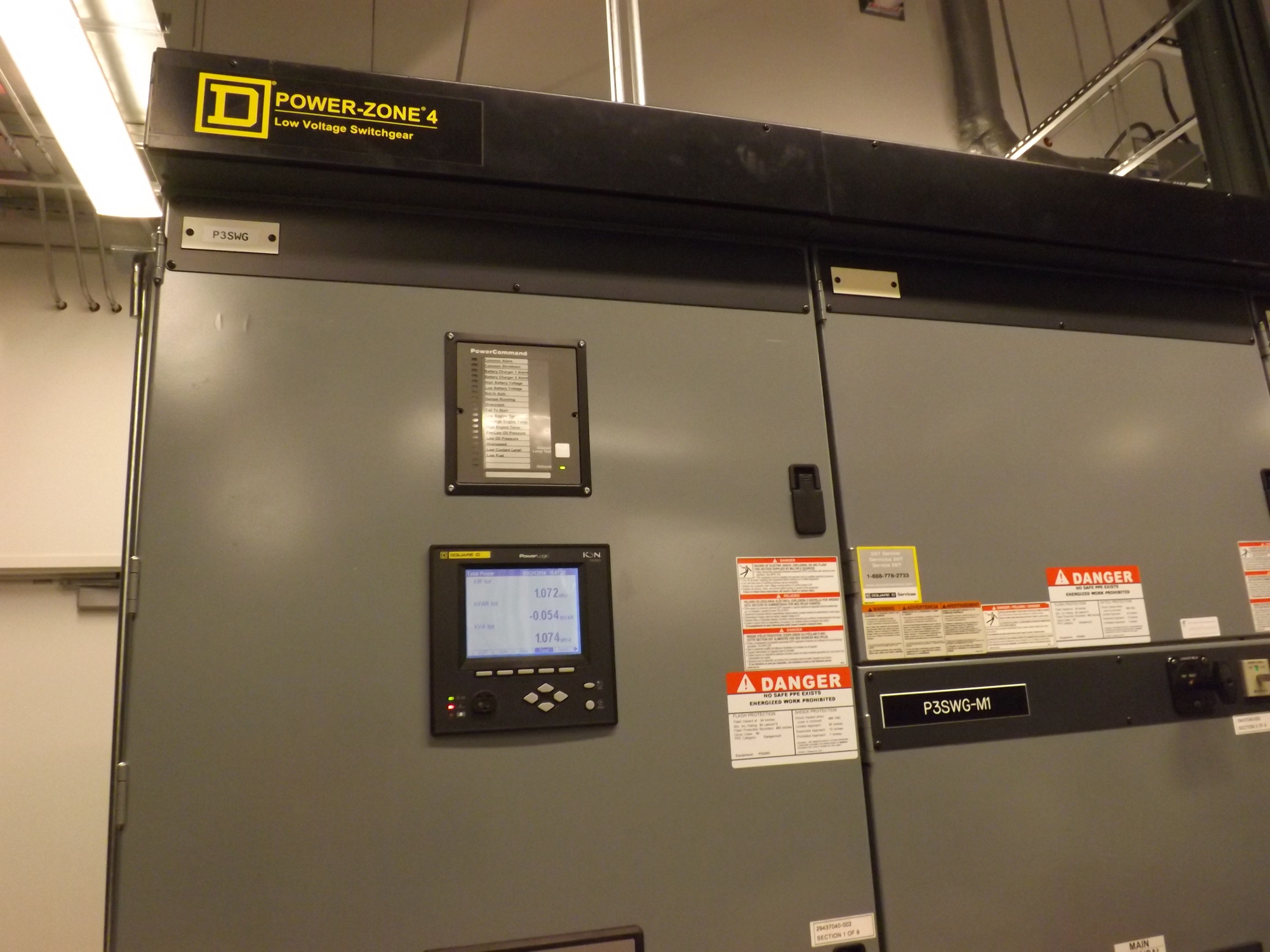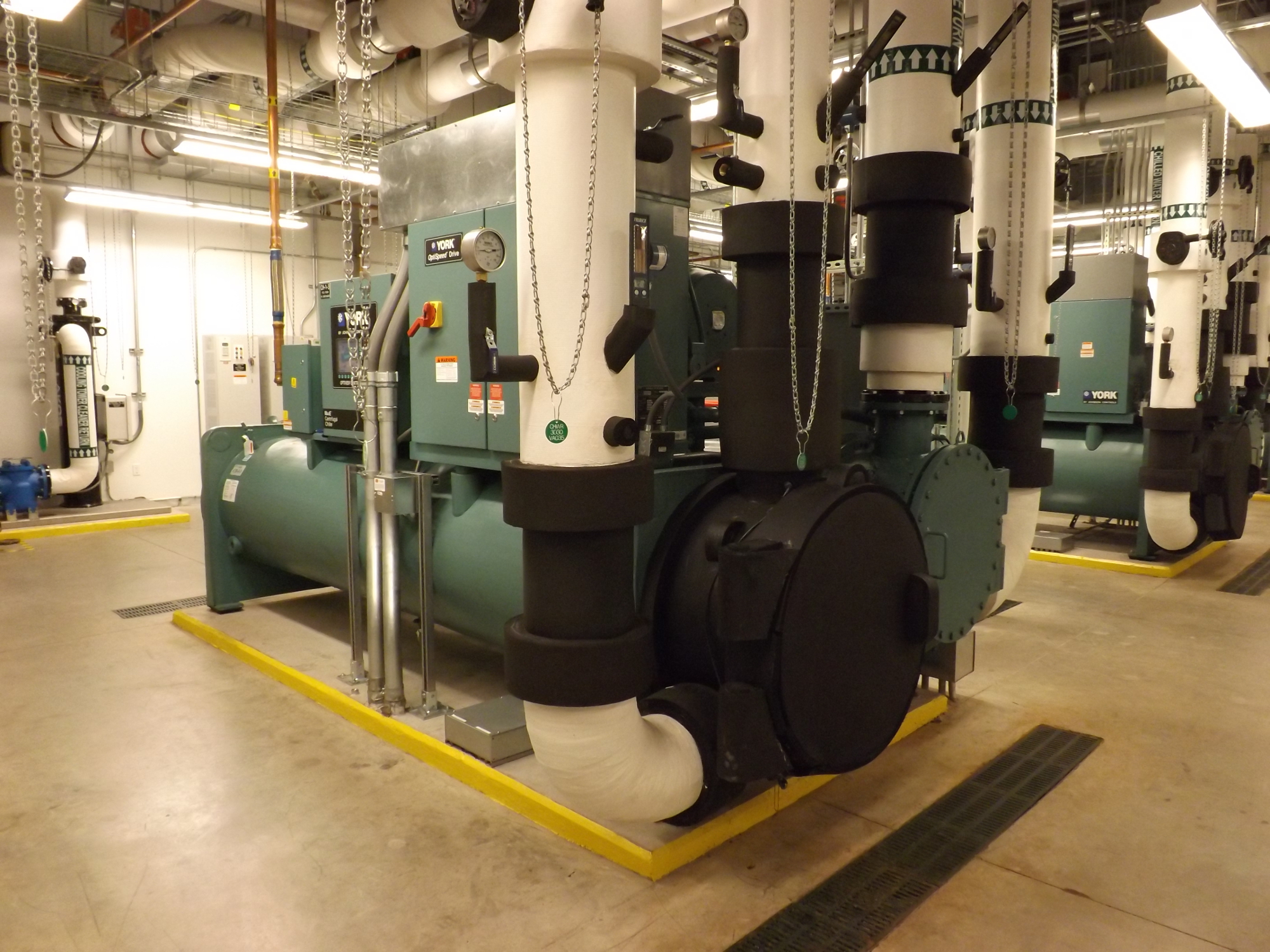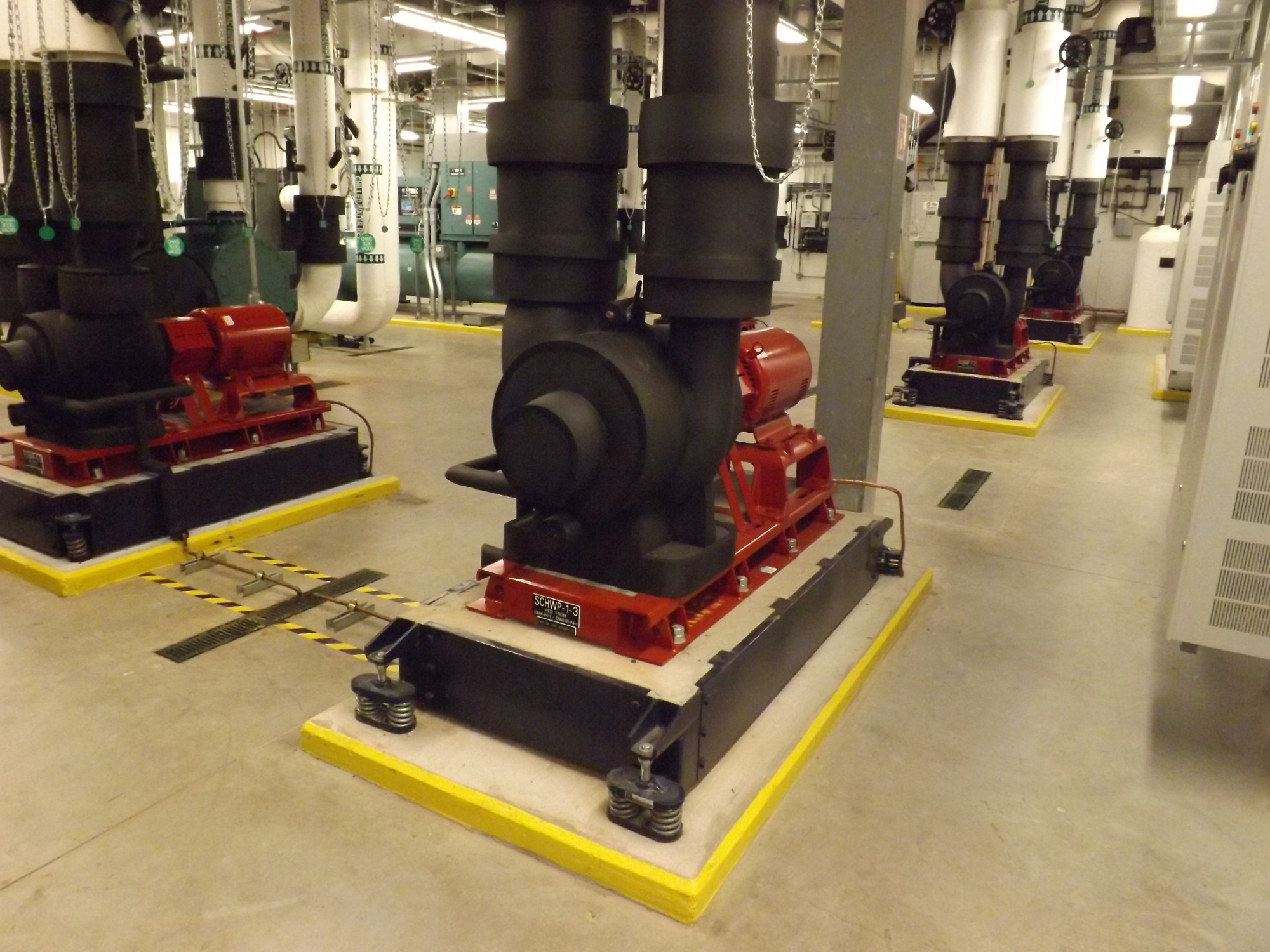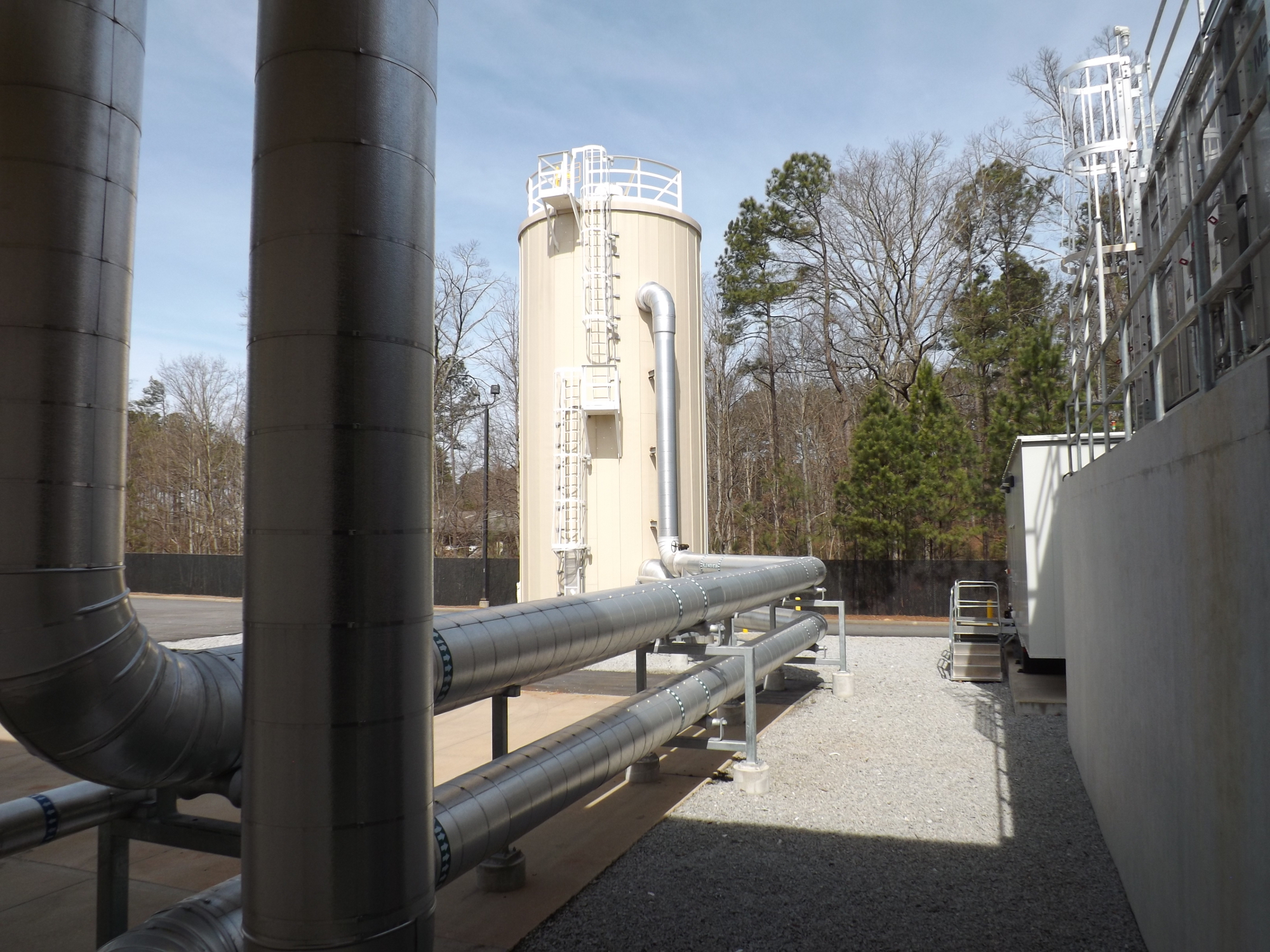In Pictures: AMD Consolidates From 18 Datacenters To Just Two
AMD's Datacenter, Powered By...AMD
This data center employs HP and Dell hardware with, naturally, AMD Opteron CPUs inside.
Bringing It All Under Two Roofs
The ultimate goal, AMD states, is to consolidate its 18 datacenter facilities spread out across the globe down to two by 2015: Suwanee, Georgia and Cyberjaya, Malaysia. The company already virtualized 90 percent of its corporate datacenter environment, allowing AMD to decommission 75 percent of the physical and 72 percent of the virtual servers.
More Performance In Less Space
At the same time, rack space was compressed by 45 percent. More specifically, AMD went from 289 racks in Austin to 160 racks in Suwanee, bringing power consumption down from 2.8 MW to 1.2 MW. According to representatives, projects that previously took weeks are now done in days.
That's A Lot Of CPUs...
The IT refresh in Austin included replacing single- and dual-core 1P servers with more than 140 dual- and quad-socket blades with 16-core CPUs and 256 GB of memory. Installed processors include the Opteron 6136, 6174, 6176, 6204, 6220, 6238, 6272, 6274, 6276, 6282 SE, and Opteron 2435, 6380, and 8389.
Ready For Anything
The new datacenter is a Tier 3 design, meaning, most important, that its expected availability is 99.982% or higher. It sports redundant power, cooling, and networking. AMD's Suwanee center also has 36 to 48 hours of backup fuel capacity for diesel generators and on-premise chilled water storage.
Plenty Of Room To Grow
The datacenter's two data halls total approximately 6000 square feet IT space, supporting 204 racks of equipment. IT power is 2 MW, but expandable to 10 MW through "modular construction methodology".
Putting Work In
This datacenter also processes 23 million jobs per month; more than 31,000 jobs are completed per hour.
Get Tom's Hardware's best news and in-depth reviews, straight to your inbox.
Cooling With Water
Right now there is only one room with three chillers, but AMD expects to expand this to four chiller rooms as the need for data halls grows. Only water is used for cooling.
Keeping It Simple(r)
The company also uses a higher chilled water temperature, which requires less infrastructure and, according to the company, higher input temperature than a typical enterprise datacenter.
Redundancy Is Key
This is the data center's backup in case the chillers go offline.

Kevin Parrish has over a decade of experience as a writer, editor, and product tester. His work focused on computer hardware, networking equipment, smartphones, tablets, gaming consoles, and other internet-connected devices. His work has appeared in Tom's Hardware, Tom's Guide, Maximum PC, Digital Trends, Android Authority, How-To Geek, Lifewire, and others.
-
houldendub Oh man what I would give to just walk around in there, just to see that cable management as well hrrrnnnffff *nerdgasm*Reply -
warezme If it is so modern, why are they still running Vista on their monitoring workstations?Reply -
eriko Just waiting for an Nvidia fan-boi to jump on the 'green is good' comment....Reply
BTW, I'm not a fan-boi either way, just saying.. -
mavikt I'm a bit surprised about the location they chose; In Sweden I think it was Google that placed a data centers faar up north to tap into the 'clean' electricity from water power, but also benefit from to cooler climate for cooling but then also be able to sell the surplus heat to warm houses.Reply -
wolverine96 Great steps forward for AMD. Sure, I use nVidia for graphics cards (I need them for CUDA rendering), but somebody has to compete with Intel!Reply
They should give everybody in town free hot water that was heated by AMD processors. Sounds like it would be tasty! (After you made it cold, of course!)
I'm excited that AMD is keeping a datacenter in the USA!
(By the way, eriko, green is an AMD color, too!) -
Ragnar-Kon ReplyIf it is so modern, why are they still running Vista on their monitoring workstations?
Obviously the monitoring is a web-based UI. So... why spend the money to upgrade workstations that run a web-based application?
I'd be willing to bet the workstations they actually use for design are some sort of Unix-based operating system running high-end EDA software like Mentor Graphics. That said, maybe AMD uses a custom in-house EDA software solution, so I could be wrong.
Also, holy tape batman.
